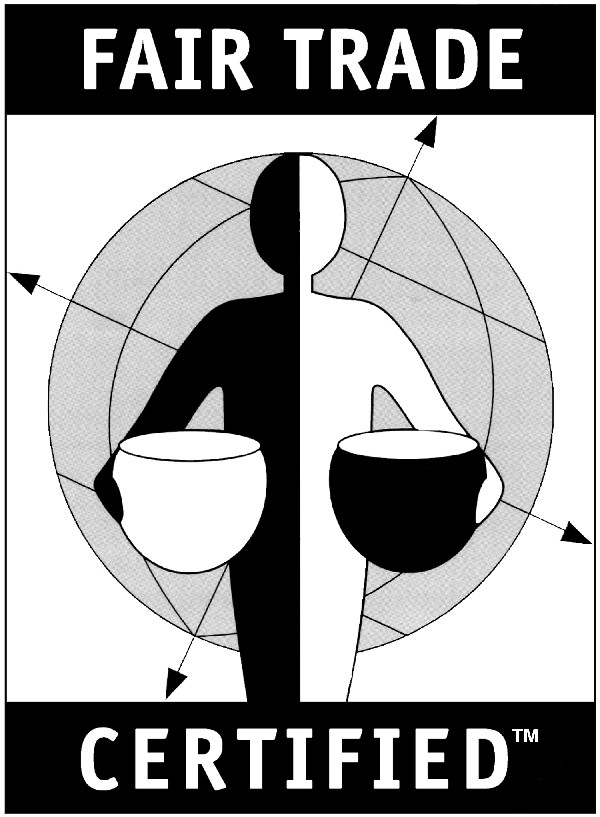The world’s many cups of coffee
TRAVELWISE | Originally Published on 24 May 2012
By Suemedha Sood
Coffee, the wonderfully aromatic conduit for the world’s most popular drug — caffeine — began its spread from Ethiopia in the 15th Century and never stopped.
Providing the Arab world with an alternative to alcohol, it gave rise to a coffeehouse culture that revolved around stimulating intellectual conversation and the exchange of new ideas. Then in Europe during the 18th-century Age of Enlightenment, coffeehouses simultaneously became places for playing chess, political strategizing, talking business and socializing, wrote Tom Standage in his book A History of the World in Six Glasses.
Today, coffee is enjoyed all over the world, with Finland (surprisingly) consuming more than any other country – imbibing 608.2 litres of coffee per capita.
The beans
After oil, coffee is the most valuable commodity exported by developing countries, according to the World Bank. Yet, the farmers growing the plants are left with only 10% of the $80 billion that the industry rakes in annually. The average coffee farmer makes as little as 15 cents per pound sold, and coffee bean pickers make as little as four cents per pound.
In an effort to combat this, a movement to institutionalize the fair trade of coffee began in 1988 in the Netherlands. Fair trade certification seeks to ensure fair labour conditions, a reasonable price, environmental sustainability, direct trade, transparency and support for community development. Although fair trade coffee makes up only a tiny percentage of the global supply, it is grown in countries throughout Africa, Central and South America, Oceania and Asia, and is becoming easier to find in metropolitan area coffee shops.
Coffee connoisseurs say that well-crafted coffee exhibits “terroir”, meaning that it tastes like the place it comes from. According to the experts, some Kenyan coffees are dry with berry notes and acidic brightness, while coffees from South America’s Andes Mountains may be smooth and sweet, full of sugar cane flavours. Brazil, which pumps out a third of the world’s coffee, is known for its low-acidity coffee, which makes it a prime candidate for blends, wrote Kevin Sinnott in his book The Art and Craft of Coffee. Coffee beans from Yemen, he said, are both balanced and complex in flavour and tend to blend well with beans from Java or Sumatra.
The brew
Coffee is made by roasting the seeds (beans) of a coffee plant, grinding them and brewing the resulting grounds using a number of methods. In Turkey, coffee is brewed by boiling finely ground coffee in a copper pot called an ibrik, while in Italy, espresso is “pressure-brewed” in about 30 seconds (either in an electric machine or in a stovetop pot) by pushing nearly boiling water through very tightly packed grounds.
In France, coarsely ground coffee is combined with boiling water in the country’s national coffee pot, the French press — a device with a plunger that is pushed down post-brewing to separate the grounds from the resulting coffee. Although they did not yet have the press when the French colonized Vietnam in the 1800s, they brought coffee with them, which is why the beverage is now grown and consumed widely in the Southeast Asian country. Vietnamese coffee is brewed in single servings, using a small metal drip filter that sits atop the coffee cup.
Japan has become famous for its iced coffee, which is made by brewing hot coffee and instantly chilling it. Coffee grounds are first put into a filter, which is placed over an ice-filled serving pot. Then boiling water is poured over the grounds, so that as the coffee drips, it immediately begins to cool. Proponents of this method say it locks in aromatics and keeps out oxygen, resulting in a sweeter, less harsh cup of coffee.
The drinks
Turkey
Coffee has been central to Turkish culture since the first coffeehouses in the 1500s. The Turkish word for breakfast, kahvaltı, means “before coffee”, giving some insight into when locals take their first cup of the day.Turkish coffee, which is served in small cups where the grounds settle at the bottom, is very thick, dark, strong and sweet. Plenty of sugar and sometimes spices like cardamom and chicory are added to produce a rich, dessert-like treat.
One tradition that has been passed down through the generations iscoffee fortune-telling. After a guest finishes his or her coffee, a host may turn the cup upside down, allow the grounds to cool and then tell a fortune by reading the grounds.
Italy
In Italy, un caffé is a “shot” of espresso — an ounce of concentrated coffee. Although Italians drink caffé (espresso) all day long, two of the country’s national beverages, cappuccino and caffé latte, are traditionally only consumed in the morning. Cappuccino is made with espresso, steamed milk and steamed-milk foam, while caffé latte is made with espresso and steamed milk. As travel writer Lee Marshall noted in his “10 commandments” on Italian coffee culture, drinks with milk are not usually taken after meals because “Italians cringe at the thought of all that hot milk hitting a full stomach”.
Brazil
Similarly, many Brazilians drink espresso all day long. Brazil’s version,cafezinho, is made by mixing hot water, finely ground coffee and sugar, and then straining the mixture through a filter. Like Turkish coffee, cafezinho is dark, strong and sweet – but not nearly as thick – and served in small cups. In South America and Central America, coffee is sometimes brewed using a “sock” filter, a simple cloth pouch that serves as a sieve.
Vietnam
During the 19th Century, when Vietnam was under French rule, fresh milk was difficult to store, so condensed milk took its place. A delightful indulgence, Vietnamese iced coffee, called cà phê sữa đá, is made by brewing concentrated coffee over condensed milk, stirring it up and pouring it over ice. On a hot, humid summer day, it is sweet perfection.
Thailand
The weather in Thailand also lends itself to cold, sweet, creamy coffee. Thai coffee is brewed strong, spiced with chicory and combined with condensed milk and ice. It is the perfect dessert to follow a spicy Thai meal.
Vienna
The United Nations includes “Viennese Coffee House Culture” in itsNational Inventory of Intangible Cultural Heritage for Austria. It dates back to the 1600s after the siege of Vienna by the Ottoman Turks. When the Turks were defeated and driven out, they were said to have left behind sacks of coffee beans. Today, Viennese coffeehouses, or kaffeehaüser, often stay open from 6 am until midnight, welcoming customers to sit and relax for hours over a wiener mélange: coffee with steamed milk, topped with milk foam.
United States
Coffee has always been popular in the US, in large part because tea was heavily taxed by the British. But coffee culture became a commercial stronghold when chains such as Peet’s Coffee and Tea and Starbuckswere founded, in 1966 and 1971 respectively.
Although drip coffee is ubiquitous throughout the US, the country is often associated with the Americano, which is espresso mixed with hot water. The drink is said to have evolved during World War II, when American soldiers stationed in Italy discovered that “coffee” was just a shot of espresso. As the story goes, in order to make the drink more like regular coffee, they added hot water.
Kenya
Major coffee producer Kenya has long had a specialised way of drinking coffee. Kahawa chungu, or “bitter coffee”, is a traditional drink made in brass kettles over a charcoal stove and is typically enjoyed by men, according to Reuters. A far more recent phenomenon is the advent of the coffeehouse in major cities such as Nairobi. Unfortunately for Kenyans, most of the highest quality coffee produced in their country still gets exported to other parts of the world.
Travelwise is a BBC Travel column that goes behind the travel stories to answer common questions, satisfy uncommon curiosities and uncover some of the mystery surrounding travel. If you have a burning travel question, contact Travelwise.







